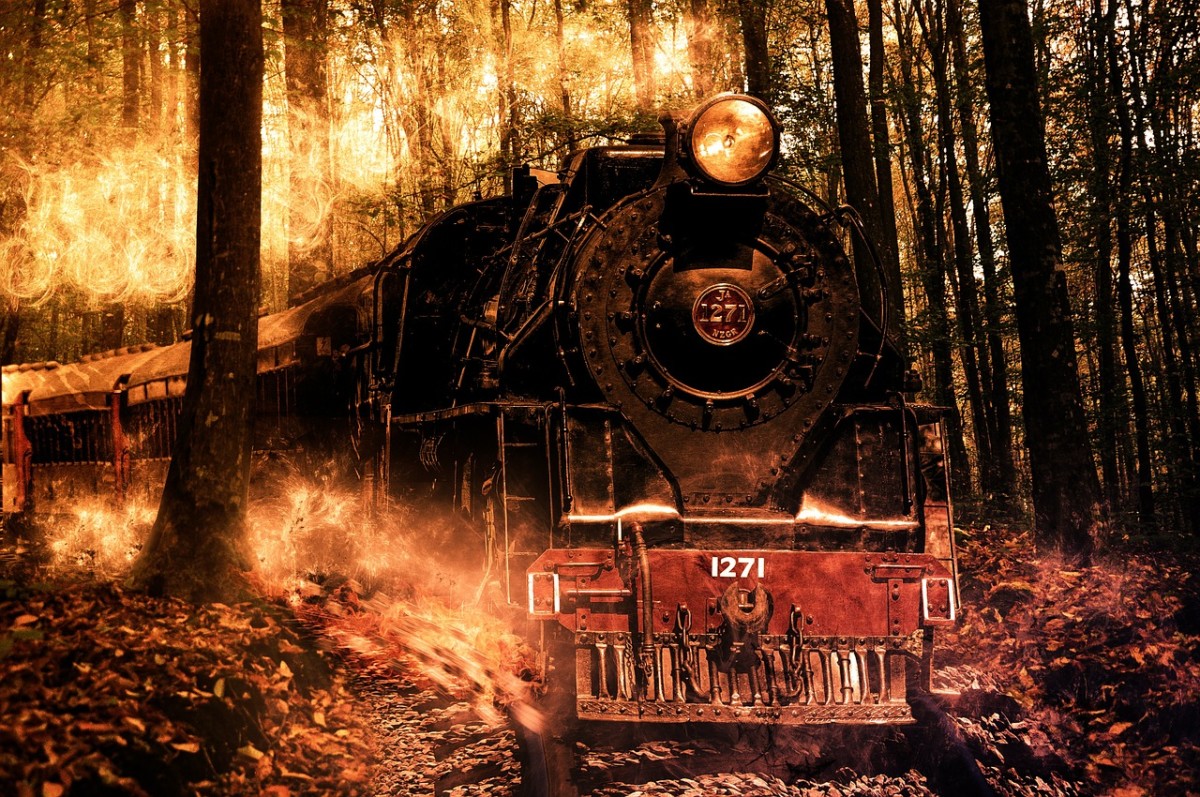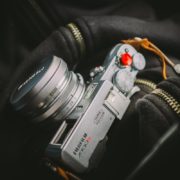As a photographer – amateur or professional – you have the power to stop time. The simple push of a button creates memories that are meant to stay with you forever. But what about image compositing? What is it about this particular type of photography that takes your breath away and does not only stop time but also teleports you into another dimension and helps you step into the world of awe? We will dive into this fascinating field today and try to understand it better to turn ourselves into the creators of our universes.
- The two pillars – vision and imagination
When it comes to image compositing, imagination is key. Being imaginative is required because, unlike capturing a precise moment in time – which is photography, image blending involves the handling of multiple photos to create a final product. And the final product will always be the result of creativity. To help you achieve that, many photographers conduct workshops on composition in photography. Check out this workshop by Mike Jensen to learn more!
Image compositing is all about freedom and imprinting your personality on a project, be it an ad or a fantasy book cover. It’s all about waking up that creative muscle and letting it loose. And don’t think for a moment that you do not have enough imagination. There are tons of examples you can use as inspiration – and no, research is not stealing. It’s a starting point for whenever you need a little boost to get you started. For example, if you are going to shoot a wedding at night you have to be prepared about the light being too low. This article explains the benefits of using wedding sparklers to capture the best moments.
Read More: Shark and Palm – Camera and Photography Tips
- Begin by matching photos
Having the ability to choose from a plethora of images might scare you and even put a project on hold. This is because it’s commonly known that when faced with multiple choices, people tend to back off, but you do not have to get scared.
Professional photographer Rikard Rodin helps you with the first tips you need to create a breathtaking image compositing. The key words he uses are perspective, horizon line, and light source. Perspective is the primary and most fundamental knowledge for sketching and photography. It will help you deliver your projects expertly. Here’s another important article from the school of sketching on Perspective. These three have to match to create a coherent and cohesive final image. The thing is, after the composition process is over, your photograph, although fantastic, must seem realistic, must look like one single shot.
Also Read: 5 Hobbies to Further Inspire Your Photography Skills
- The selecting and cutting process
It is still Rodin that one who states that he spends 80% of the time on selections and cut-outs. Now that might seem a lot, but it isn’t. Even if you have a clear image of what your final photo will look like, finding what you are searching for will take time. This is because when you start searching, you have to take into consideration all the criteria mentioned above, like perspective and light source. Here’s a great resource on Tesslerphotography about perspective in photography. Sometimes when the light source is not as you want it to be, you can use light bulbs while taking a picture or some advanced light bulbs for video recording.
Once the photos gathered, you must engage in the daunting process of image cutting. I know, taking shots is much more interesting than repeatedly cutting until all the elements in your photo are the perfect match, but if you want your image compositing to be breathtaking, you have to take your time. You also have to make sure the layout of the photo is managed at its best, especially when you are going to post the same on Instagram. You can also checkout this guide for more info – 10 Instagram Formatting Layout Ideas. So, grab that Quick Selection Tool and Magic Wand (which turns you into the Harry Potter of cutting), zoom in as much as you have to, and get to work!
- Using Smart Objects is smart
You want your final picture to be the highest resolution possible. Hence, all your elements must have a high resolution and you are the one in charge of keeping that untainted despite all the moving and cutting. To get that uniform high resolution, you must start using smart objects. Cut your model, bring it into the project, rename the layer and convert it into a Smart Object. In this way, you can move it and resize it as much as you want without it losing its high resolution. This technique is a must if you are into newborn photography, here are some excellent examples of newborn photos from Katherine Millard Photography.
Also Read: A Playful Afghan Hound Shows us Why we Should Love Pet Photography!
- Finishing touches for a realistic image
You selected the best photos, you cut all the elements, you were smart enough to use Smart Objects, and now everything is in place. But to create that coherent image that you want, you still need to follow with some footsteps.
Also Read: Socially Distanced Headshot Photography by David Green
Because the sources of the pictures are numerous and different, they all come with particular colors, and for the final image, you want to make sure that all the tones come together. Choose from numerous methods for toning and use the one that best fits you – from Color Lookup Adjustment Layers, the Camera Raw Filter, and the Nik Collection plugins. Another aspect you should keep in mind is shadowing – make sure that the shadows are cast on the right objects and from the right angle. Avoid flash, as flash burst can cause red eyes. If you are photographing pets, check out this article from CRTN.ME for more tips on pet photography.
Also Read: 5 Self Photography Tips
Are you breath-taken?
Do you often feel that you are watching a single image? That every little detail is in place? But most importantly, does your first mental picture match the final result? If your imagination is jumping around with joy, you made it! The image compositing process has come to an end. All you have to do now is print it. Then buy a great frame to put up on the wall for everyone to see.
Also Checkout: Dave Bentley Professional Headshots in Phoenix
A deal you don’t want to miss
But before you go, there is something we want to share with you to make your life easier. Improve your photography skills from “good” to “award-winning” with the Creative Composite Video Course, an instructional video series by Stephanie Stafford. There’s no better time than now and no better deal than this!
Read More: Tips to Improve Your Photography Skills


